Satellite communication (SatCom) forms the backbone of modern connectivity—enabling everything from global internet access on commercial flights to real-time navigation in remote regions. While it sometimes feels like magic, it is all about radio frequency (RF) engineering done right. This article investigates three pivotal Satellite Communication frequency bands—L-band, Ku-band, and Ka-band—that shape today’s satellite services and how Novocomms helps organizations create custom solutions for satellite connectivity and Positioning, Navigation, and Timing (PNT).
Why Different Frequency Bands Matter
RF engineers know that not all frequencies are created equal. Each band has its trade-offs in coverage, data throughput, equipment size, and susceptibility to atmospheric conditions. In satellite communications, selecting the right band is often the difference between a stable, high-speed link and a spotty connection.
- Coverage vs. Throughput: Lower frequencies (like L-band) provide broader coverage and reliable signal penetration but at lower data rates. Higher frequencies (Ku and Ka) allow faster data transfer but are more sensitive to factors like rain fade and require more precise pointing.
- Equipment Considerations: Antenna size, RF front-end design, and power requirements vary significantly across these bands. The right technology is critical for seamless user experiences and cost-effective system integration.
A relatable example: we are all grateful for stable in-flight Wi-Fi. However, delivering that Netflix streams mid-air requires advanced RF technology operating in the correct frequency band—often Ku or Ka—to balance bandwidth and antenna constraints.
Key Satellite Communication Frequency Bands
| Frequency Band | Use Cases | Advantages | Disadvantages |
| L-Band (1 – 2 GHz) | Navigation services (GPS/GNSS), global maritime communication, and low-data-rate IoT. | Strong signal penetration through obstacles and adverse weather.
Wider beam coverage, allowing simpler antenna designs.
|
Limited bandwidth translates to lower data rates compared to higher-frequency bands.
|
| Ku-Band (12 – 18 GHz) | Broadcast satellite services (TV), aeronautical broadband, and VSAT (Very Small Aperture Terminal) networks.
|
Higher throughput compared to L-band, ideal for media-rich applications.
Well-established ecosystem with numerous satellites and terminal options. |
More susceptible to rain fade and atmospheric absorption.
Requires more precise pointing solutions and slightly larger antenna sizes than Ka for a given throughput.
|
| Ka-Band (26.5 – 40GHz) | Broadband internet access (aircraft, maritime, enterprise), emerging high-throughput satellite (HTS) services.
|
Remarkably high data capacity, ideal for streaming, high-speed internet, and enterprise-grade connectivity.
Smaller antenna footprints, thanks to shorter wavelengths.
|
Reduced coverage area per beam, demanding more advanced beam-steering or multi-spot beam architectures.
Sensitive to weather conditions like heavy rain, requiring robust link adaptation techniques.
|
(Side Note: Beyond Ka, bands like Q/V (40–75 GHz) are on the horizon, promising even higher data rates. However, the complexity and cost of operating at these frequencies can be significant—a challenge RF and product engineers are actively solving.)
The Role of SatCom in Modern Systems
Satellite technology is not just about watching live sports on an airplane (though many of us appreciate that perk). It is a linchpin in:
- Emergency Response: Communications in disaster zones where terrestrial networks are compromised.
- Telemedicine & Remote Health: Real-time data exchange and consultations in underserved or remote locations.
- Smart Agriculture & IoT: Monitoring crops, livestock, and environmental data when cellular coverage is sparse.
- Positioning, Navigation, and Timing (PNT): Critical for transportation and logistics, ensuring safe and efficient operation of everything from cargo fleets to drone deliveries.
To confidently meet these demands, organizations need custom solutions finely tuned to their target use cases—covering the right band, managing data throughput, and ensuring optimal power consumption.
How Novocomms Supports Satellite Communication and PNT
Custom Antenna & RF Design
Novocomms offers end-to-end antenna and RF solutions, optimizing performance across L-, Ku-, and Ka-bands. Our hybrid meta-surface technology allows compact, high-gain antennas that handle the rigours of everything from mobile platforms to large-scale gateways.
Full-System Engineering & Testing
We do not just hand over an antenna design and wish you luck. Novocomms provides system-level engineering, verifying RF front ends, integrating modems, and ensuring alignment with regulatory requirements. Our dedicated testing chambers and real-world validation processes guarantee reliability in harsh conditions—be it a storm at sea or scorching temperatures on the tarmac.
Advanced PNT Solutions
Positioning, Navigation, and Timing often hinge on robust satellite links. By leveraging L-band signals (like GNSS) alongside advanced multi-frequency solutions, Novocomms helps customers achieve accurate and uninterrupted PNT—vital for autonomous vehicles, precision agriculture, and next-generation logistics.
Collaboration & Industry Expertise
Whether you are designing a small form-factor device or a large-scale communications platform, Novocomms’ team of RF, software, and electronic engineers collaborate closely with your in-house teams. From initial concept to final deployment, we ensure a streamlined journey, reducing development cycles and minimizing costly rework.
Conclusion
L-, Ku-, and Ka-band frequencies are the unsung heroes of modern satellite communication, powering global broadband, advanced navigation, and mission-critical operations. Understanding their nuances is essential for designing systems that meet real-world demands—especially as applications push for ever-higher data rates and new use cases emerge.
Novocomms is at the forefront of this evolution, offering custom-designed antennas, integrated systems engineering, and proven expertise in PNT solutions. We help engineers and product teams deliver the next generation of satellite-enabled devices and services by meticulously optimising performance across multiple frequencies and ensuring reliable deployments.
